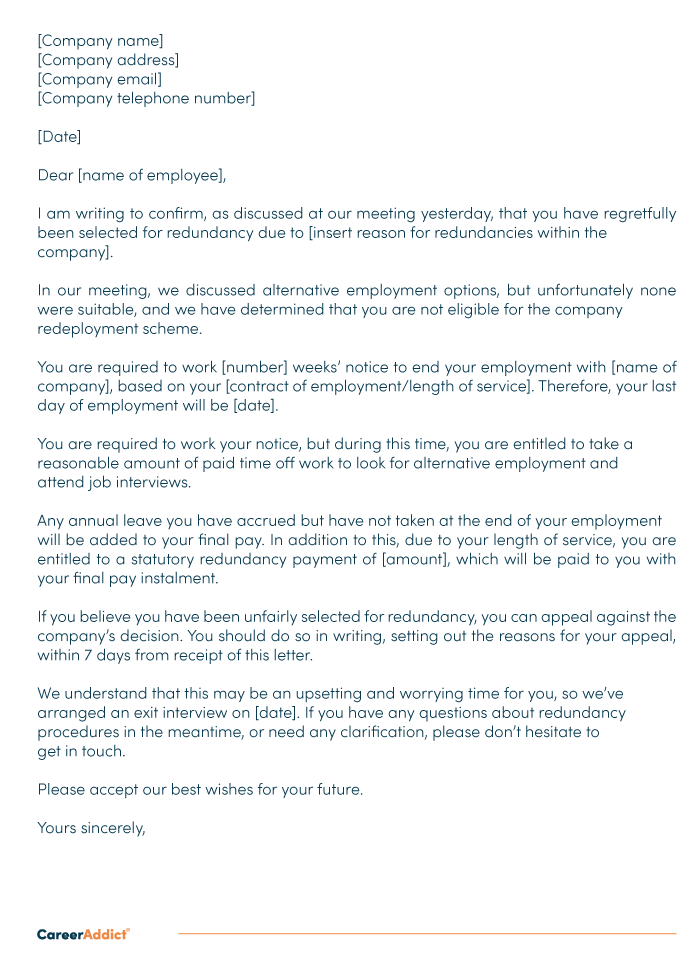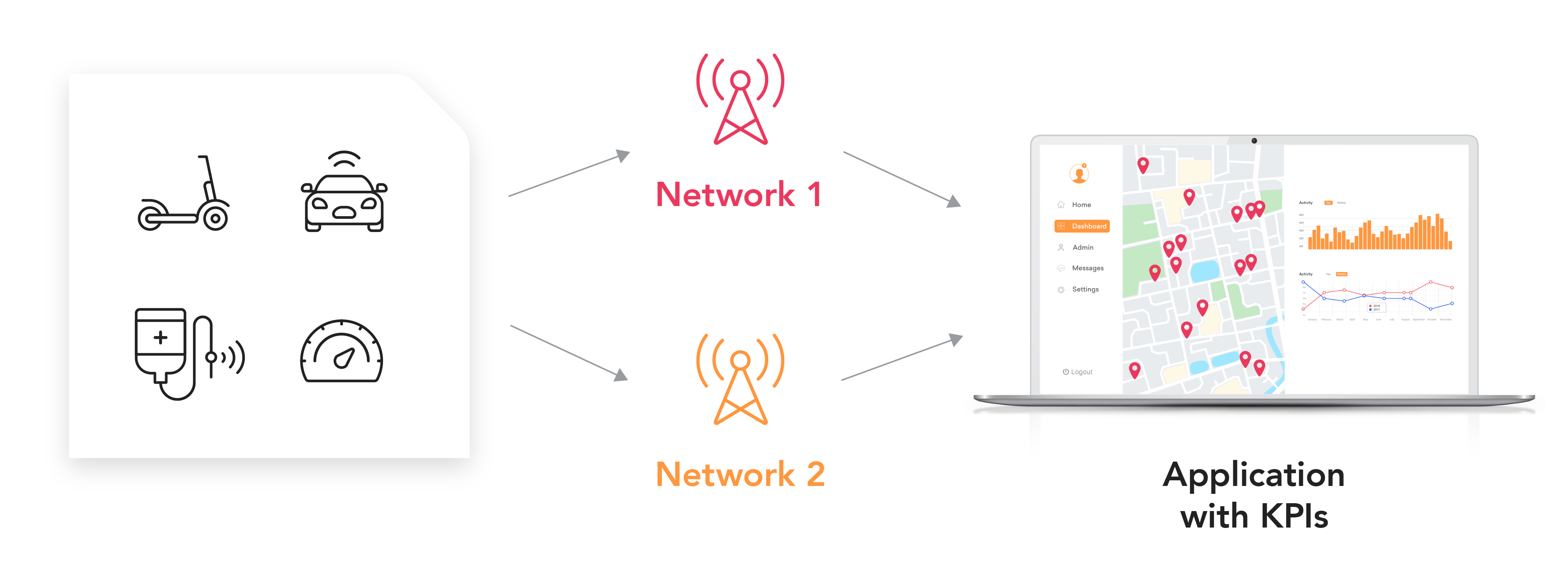Discovering the Operational Dynamics of Company Redundancy and Its Long-Term Sustainability

Redundancy Techniques for Service Connection
In order to ensure nonstop operations, companies have to carry out effective redundancy methods for business continuity. Redundancy in this context refers to the replication of crucial components or features within a system to minimize the impact of possible failings. By including redundancy techniques, companies can enhance their durability versus interruptions created by various variables such as all-natural disasters, equipment failures, or cyber-attacks.
One typical redundancy strategy is the implementation of backup systems and data storage remedies. This includes developing duplicates of important data and systems that can be triggered in situation of a main system failure. Furthermore, organizations can establish redundant communication channels and power sources to preserve connection and operations during unexpected occasions.
In addition, cross-training staff members to execute numerous duties within the firm can serve as an important redundancy technique. If vital employees are inaccessible due to disease or other factors, this makes certain that crucial jobs can still be brought out also. On the whole, reliable redundancy techniques are necessary for organizations to support operational connection and lessen the effect of possible disturbances.
Effect of Redundancy on Organizational Strength
Given the critical role redundancy approaches play in making sure company connection, exploring the influence of redundancy on business resilience comes to be important for comprehending the holistic operational characteristics of a company. Organizational strength refers to an entity's ability to adjust to disruptions, recoup from problems, and transform when essential while preserving core functions. Redundancy, when strategically applied, can substantially contribute to enhancing a company's durability despite unexpected obstacles. By having backup systems, workers, or procedures in place, companies can much better withstand shocks and continue procedures with minimal disturbance.
Additionally, redundancy can bolster employee morale and confidence, knowing that there are backup plans in position to deal with unanticipated scenarios. This feeling of security can lead to raised efficiency and a more favorable job setting. In addition, redundancy can foster development and creative thinking within a company as staff members really feel empowered to take calculated risks, recognizing that there is a safety and security net to support them in case of failure. On the whole, the influence of redundancy on business strength is extensive, shaping the long-term sustainability and success of a company.
Balancing Efficiency and Adaptability in Redundancy
Attaining a harmonious balance in between functional efficiency and flexible flexibility is an essential obstacle in the strategic deployment of redundancy within organizations. As well much adaptability without a strong operational foundation can result in inadequacies and inconsistency.
To balance efficiency and flexibility in redundancy preparation, organizations must carefully assess their functional requirements, market dynamics, and tactical objectives. Eventually, finding the right stability in between efficiency and adaptability is critical for developing a sustainable and resilient company in the face of uncertainty.
Long-Term Sustainability Via Redundancy Planning
To ensure enduring stability and stability, organizations must purposefully align their redundancy preparation with lasting sustainability objectives, therefore integrating functional performance with adaptive Continue flexibility. Lasting sustainability through redundancy planning involves more than simply temporary cost-cutting procedures. It requires a detailed critical approach that expects future difficulties and opportunities. Companies need to watch redundancy not as a responsive remedy to prompt troubles however as an aggressive approach for long-lasting success. By incorporating redundancy planning with sustainability goals, companies can click over here now create a resistant framework that can hold up against various market variations and inner modifications.

Aggressive Measures for Lasting Company Workflow
How can companies proactively boost their functional sustainability for long-term success? Executing proactive measures is crucial for companies intending to make certain lasting procedures.
Furthermore, promoting a culture of continuous renovation and understanding within the company can boost flexibility to altering market conditions and customer needs. Urging staff member participation in decision-making processes and providing possibilities for expert development can boost spirits, efficiency, and overall efficiency. Establishing clear objectives, monitoring key efficiency signs, and frequently examining progress are vital elements of proactive sustainability administration.
Working together with my review here providers, customers, and various other stakeholders to promote lasting methods throughout the supply chain can produce a surge impact of favorable effect - redundancy pay if company goes bust. By taking proactive actions towards functional sustainability, business can construct durability, drive development, and safeguard their long-term success in an ever-evolving service landscape
Conclusion

In the realm of business administration, the strategic deployment of business redundancy stands as a pivotal yet intricate method that necessitates a fragile balance in between operational effectiveness and long-term feasibility. By dissecting the functional dynamics that underpin business redundancy and assessing its more comprehensive ramifications for business strength and adaptability, a nuanced understanding of just how redundancy strategies can form the future trajectory of a company begins to unravel.Given the essential function redundancy strategies play in making certain service connection, checking out the influence of redundancy on organizational durability comes to be crucial for recognizing the all natural operational characteristics of a firm. Generally, the effect of redundancy on business resilience is profound, shaping the lasting sustainability and success of a company.
In conclusion, comprehending the functional characteristics of firm redundancy is important for making certain long-term sustainability.